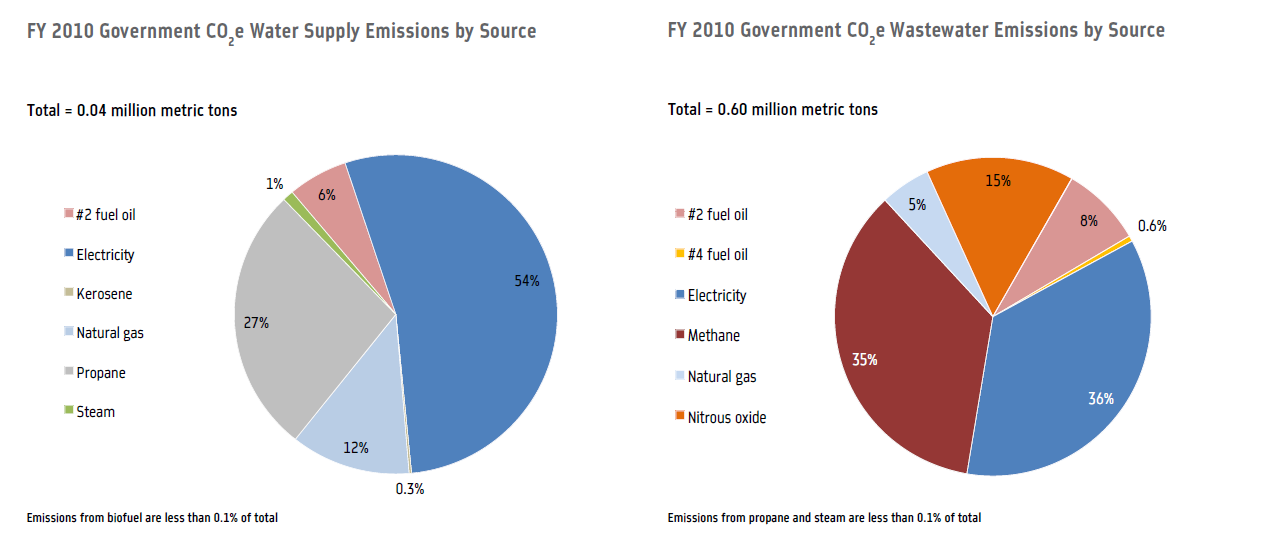by Taylor Evans
The NYC Department of Environmental Protection (DEP) is a City agency of approximately 6,000 employees. DEP both manages and conserves the water supply for NYC and collects and treats all wastewater. It is estimated that DEP distributes more than one billion gallons of drinking water to 9 million New Yorkers and treats 1.3 billion gallons of wastewater each day. In general, DEP is responsible for the City’s environments and regulates air quality, hazardous waste, and critical quality of life issues, such as noise.
I began my internship under the Director of DEP’s Energy Office in June of 2012. DEP’s energy office is located on the executive floor of the commissioner exposing me to the inner-workings of an agency whose role is integral to the everyday lives of New Yorkers at an executive level.
The scale at which DEP moves water and wastewater is energy intensive. Moreover processing waste at the rate DEP does, while still meeting Federal and State water quality mandates, is even more energy intensive. My role in this position was to help gather, organize, and report energy related data for DEP. This involved attending meetings, contacting different bureaus, plants, and facilities, as well as sorting enormous amounts of backlogged spreadsheets. I also developed a framework for the Fiscal Year (FY) 2012 Annual Energy Report. Unfortunately the FY’12 Annual Energy Report has not been published yet, thus I cannot provide any information from it on this blog. In addition to data analysis, I worked with AECOM (a consulting firm contracted by DEP) to develop the FY’12 GHG profile for the agency, which was sent to the Department of Citywide Administrative Serivices (DCAS) to be published in the 2012 Inventory of New York City Greenhouse Gas Emissions. Furthermore I researched energy-related local laws that DEP must comply with and other plants’ GHG emissions and energy consumption reduction techniques.
In 2007 Mayor Bloomberg put forth an ambitious set of energy and GHG related goals for the municipal agencies of NYC. The initiative–PlaNYC–aims to reduce GHG emissions by 30 percent by 2017 for all municipal agencies (and 2030 for the rest of the City). DEP is making significant strides and investments to reduce GHG emissions and energy consumption. Despite failed climate negotiations on a global scale, local governments can and are making a step towards reducing GHG emissions; I believe (after this internship) that PlaNYC could be used as role model for other cities across the U.S.
DEP is the second largest consumer of electricity in the City, second to the Department of Education. The majority of electricity consumed by DEP is for wastewater treatment. However water distribution is extremely efficient; approximately 95% of the total water supply delivered from the three upstate reservoirs is via gravity (except during drought conditions) (NYC DEP Website). Below is a distribution of NYC’s FY 2010 Government Carbon Dioxide Equivalent Emissions by Sector.
Figure 1. FY 2010 Government CO2e Emissions by Sector. (click on chart for source, pp. 13).
One can see from Figure 1 that DEP accounts for at least 18% of the total City Governement GHG emissions for FY’10 (17%- wastewater treatment and 1% water supply). I say at least, because there are some emissions associated with DEP in the buildings, solid waste methane (landfills), and vehicle fleet sectors as well. Below are two charts displaying the GHG emissions associated with water supply and wastewater for FY’10 by source.
Figure 2. FY 2010 Government CO2e Water Supply and Wastewater Emissions by Source. (click on charts for source, pp. 14)
Electricity is the largest source of GHG emissions for water supply and wastewater emissions from DEP (Figure 2). In terms of wastewater treatment, methane also constitutes a significantly large portion of GHG emissions (Figure 2). The Bureau of Wastewater Treatment (BWT) at DEP manages the City’s 14 wastewater treatment plants (WWTPs). Methane is produced from the anaerobic digestion of organic biosolids as well as the decomposition of organic material in four of the landfills under the jurisdiction of DEP, however the majority of the methane is from waste-water treatment. It is estimated that 15 cubic feet of digester gas (60-65% methane, 35-40% carbon dioxide) is produced for every pound of volatile organic solids destroyed (Dickinson and Tenorio, 2011). DEP is currently working to beneficially use digester gas (biogas) as a renewable energy source. Currently a significant portion of the digester gas produced is flared or emitted fugitively. By beneficially using digester gas, the DEP will not only reduce GHG emissions, but could potentially reduce energy costs (if the infrastructure necessary to utilize the biogas is economically feasible) and increase energy security.
In conclusion (there is more to come), this internship has completely changed my perspective about energy and GHG emissions related projects (things are not as easy as they seem). The interdisciplinary curriculum at Bard CEP did prepare me in many ways for this internship. However, in terms of energy and GHG emissions related projects, there are issues that emerge outside of the classroom that one cannot foresee until they are presented with the challenge. Interning full-time for DEP allowed me to put the skills learned in the classroom to use on real-world issues in real-world situations. When it actually comes to getting things done there are many variables that determine the ultimate outcome of a project, having an education based in economics, statistics, policy, and science is exactly the type of teaching I needed to be a valuable asset to DEP in this internship.
Contact me at: [email protected]


